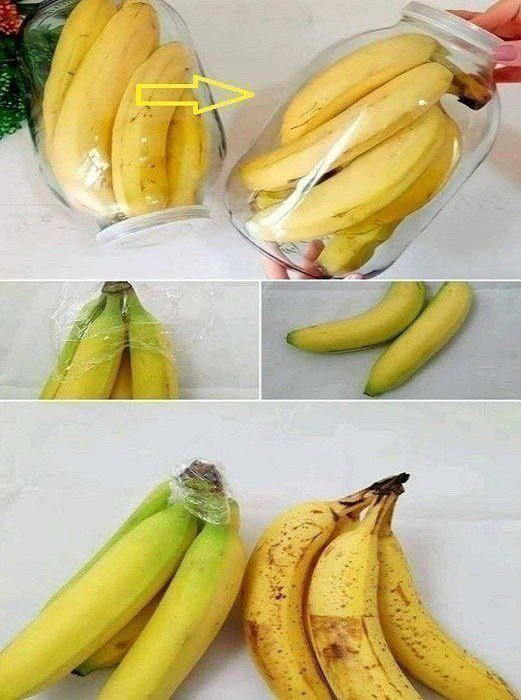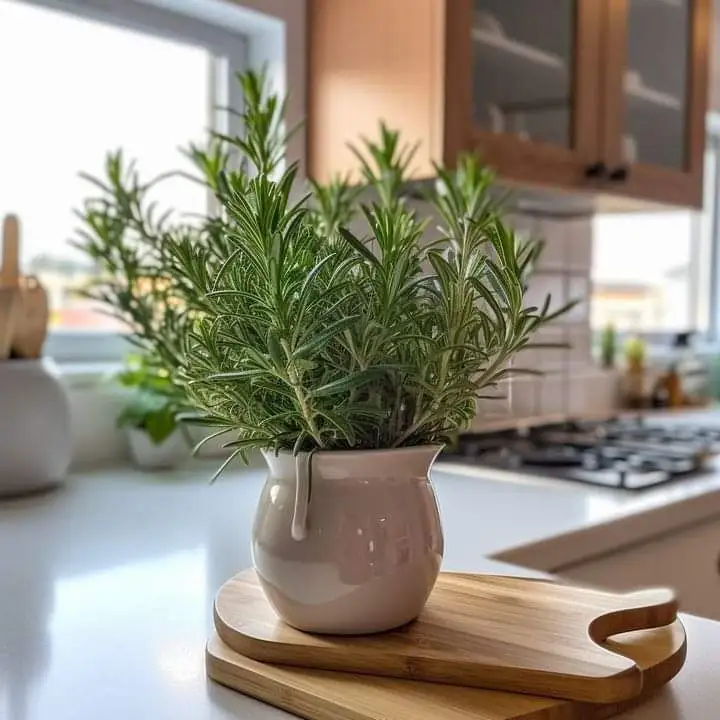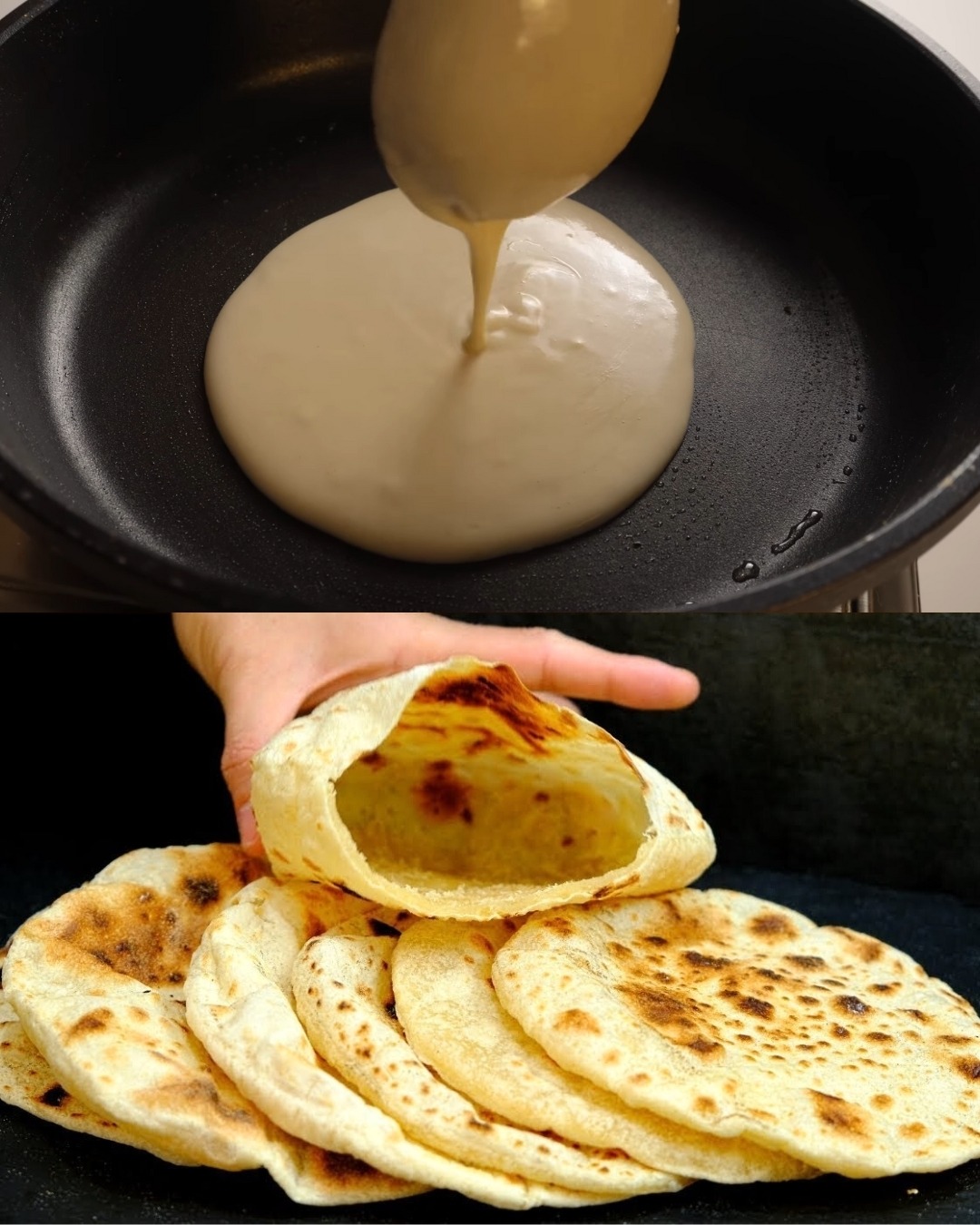Bananas are a staple fruit in many households around the world. Their sweet taste, creamy texture, and versatility make them a go-to snack, breakfast item, or ingredient in various recipes. However, despite their popularity, bananas often have a relatively short shelf life. We’ve all experienced the disappointment of purchasing a bunch of bananas, only for them to turn brown or black within just a few days. But fear not—there is a simple method to extend the lifespan of your bananas, ensuring they last for up to two years!
In this article, we will explore the best practices for storing bananas, preventing them from rotting quickly, and using them long after they’ve ripened. We’ll also delve into creative ways to use overripe bananas, so you never have to throw them away again.
Understanding the Banana Ripening Process
Before we dive into the methods for preserving bananas, it’s essential to understand how they ripen. Bananas, like all fruits, go through various stages of ripeness. When bananas are green, they’re unripe and contain starches, which gradually turn into sugars as the fruit ripens. As bananas ripen, their skin changes color, transitioning from green to yellow and eventually to brown or black.
While ripe bananas are soft and sweet, overripe bananas can become mushy and have a strong, fermented smell. However, this doesn’t mean that they’re automatically bad for consumption. In fact, overripe bananas are often perfect for baking, smoothies, and other recipes where their softness and sweetness shine.
Storing Bananas: The Key to Longevity
Most people store bananas in a fruit bowl on the countertop, but this method leads to rapid ripening, especially in warmer climates. So, how can you store bananas to keep them fresh for as long as possible?
- Use the Refrigerator for Extended Freshness
While bananas may look strange with their darkened skins after being in the fridge, they are still perfectly good to eat. The cold temperature of the refrigerator slows down the ripening process significantly, allowing bananas to stay fresh for up to a week or more. The fruit inside will remain firm and delicious, but the skin will darken. This is natural and doesn’t affect the flavor. - Separate Bananas to Slow Ripening
Bananas produce a natural gas called ethylene, which accelerates the ripening process. By separating bananas, you can slow down the ripening of each individual fruit. You can hang bananas on a banana hook to keep them off the counter and ensure that the gas doesn’t spread to the other fruits. This method helps to keep the bananas fresher for longer. - Wrap the Stems with Plastic Wrap
Another trick to extend the shelf life of bananas is wrapping the stems with plastic wrap. This reduces the amount of ethylene gas that escapes from the stems, slowing down the ripening process. This method can keep bananas fresh for several days longer than if they were left unwrapped. - Store Bananas in a Cool, Dry Place
If you don’t have room in the fridge or prefer to store your bananas on the counter, ensure that they are placed in a cool, dry area. Avoid storing them in direct sunlight, as this can cause them to ripen too quickly. A pantry or cupboard away from heat sources is ideal.
Freezing Bananas: The Ultimate Preservation Method
If you find yourself with a surplus of ripe bananas or want to preserve them for future use, freezing bananas is one of the best methods. Freezing bananas not only helps extend their shelf life but also makes them convenient for use in smoothies, baking, and other recipes.
How to Freeze Bananas:
- Peel the Bananas
Before freezing bananas, it’s important to peel them. Freezing bananas with the peel on can make them difficult to remove later. Simply peel the bananas and place them on a tray or baking sheet. - Slice or Leave Whole
You can freeze bananas whole or slice them into pieces, depending on how you plan to use them later. Sliced bananas are perfect for smoothies, while whole bananas are great for banana bread or other baked goods. - Flash Freeze
To prevent the bananas from sticking together, place them in a single layer on a baking sheet and freeze for a few hours. This step is especially helpful if you plan to store them in a container or bag for long-term use. - Store in Freezer Bags
Once frozen, transfer the bananas to a freezer-safe bag or airtight container. Label the bag with the date so you know when they were frozen. Frozen bananas can last up to six months, but they will still be good for up to two years if properly stored. - Thawing Frozen Bananas
To thaw frozen bananas, place them in the refrigerator overnight, or let them sit at room temperature for a few hours. You can also use them directly from the freezer in smoothies or baking recipes without thawing them first.
How to Use Overripe Bananas
Even though overripe bananas may not be the most visually appealing, they are perfect for various recipes. The higher sugar content in overripe bananas makes them ideal for baked goods, smoothies, and even as a substitute for eggs in vegan recipes. Here are some creative ways to use up overripe bananas:
- Banana Bread
Banana bread is one of the most classic ways to use overripe bananas. The natural sweetness and moisture from the bananas create a soft, delicious loaf of bread. You can add nuts, chocolate chips, or even a swirl of peanut butter to enhance the flavor. - Smoothies
Overripe bananas are perfect for smoothies. Blend them with other fruits, such as berries, mango, or spinach, and a liquid like almond milk or yogurt. The creamy texture of ripe bananas will add thickness and natural sweetness to your smoothie. - Banana Pancakes
Mash overripe bananas and mix them into pancake batter for a healthier alternative to traditional pancakes. They add natural sweetness and a fluffy texture to the pancakes, and you can top them with fresh fruit or syrup. - Banana Muffins
Much like banana bread, overripe bananas can be used in muffin recipes. Add nuts, chocolate chips, or dried fruit for extra flavor and texture. Muffins are an excellent way to use up overripe bananas and create a portable breakfast or snack. - Banana Ice Cream
For a simple and healthy dessert, freeze overripe bananas and blend them in a food processor until smooth. You can add a splash of vanilla or cocoa powder for additional flavor. The result is a creamy, dairy-free ice cream alternative. - Banana Oatmeal
Mash overripe bananas into your morning oatmeal for a naturally sweetened breakfast. The bananas will melt into the oats, adding both flavor and a creamy texture.
Creative Ways to Ripen Bananas Quickly
If you find yourself needing ripe bananas in a hurry, there are a few tricks to speed up the process:
- Use a Paper Bag
Place unripe bananas in a paper bag along with an apple or avocado. Both fruits produce ethylene gas, which helps speed up the ripening of bananas. - Warm Place Method
Put your bananas in a warm place, such as near a heater or on top of the refrigerator. The warmth will cause the bananas to ripen faster. - Oven Method
For an extreme but effective method, you can ripen bananas in the oven. Place unpeeled bananas on a baking sheet and bake at 300°F (150°C) for about 15-20 minutes. The heat will soften the bananas and release their sugars, making them perfect for baking.
Conclusion
Bananas are a versatile fruit that can be used in a variety of dishes, but their shelf life is often short. By understanding the ripening process and using methods like refrigeration, freezing, and creative uses for overripe bananas, you can enjoy bananas long after they’ve turned brown. Whether you’re baking banana bread, making smoothies, or preparing a healthy breakfast, these simple techniques will help you get the most out of your bananas and reduce food waste.
So, the next time you purchase bananas, don’t worry about them ripening too quickly. With the right storage and preservation methods, you can keep your bananas fresh for weeks, or even years!





